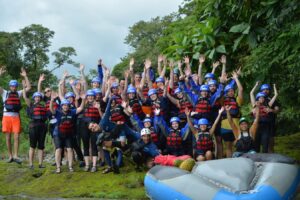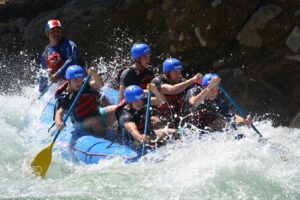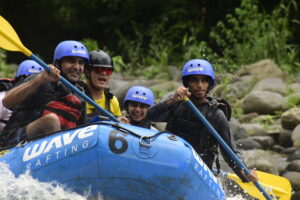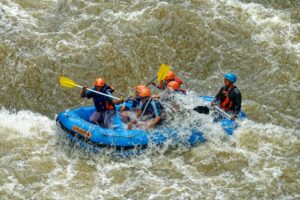tortuguero national park
To the northeast of the national territory is one of the greatest emblems for which we can be proud and which is also internationally recognized for protecting the most important green turtle nesting in the western hemisphere.
Tortuguero National Park is one of the most sought after tourist icons for its exuberant flora and fauna. Another of its greatest attractions is the extensive network of rivers and canals through which small boats filter as the only access to explore this imposing park.
According to SINAC (National System of Conservation Areas), 99% of the land area is used for the absolute protection of resources and 1% as a visitation site. The marine area is 100% dedicated to conservation.
Visiting Tortuguero also carries a responsibility. It is important to know the protection measures that exist in the park so as not to hinder the nesting process and not hinder the environment where this spectacle of nature takes place. Keep reading to find out all the details. Get ready to receive any surprise from nature in this corner of the Caribbean.
Among the most outstanding species that you can find in the area is: the green turtle, which was one of the initial reasons for the creation of the park, and for having the main spawning beaches in the world.
The green macaw is a species that is in danger of extinction and thanks to the characteristics of Tortuguero it has been recovering its population.
On the other hand, the black turtle is another of the species that visit the canals.
The alligators, one of the reptiles that are part of this wonderful ecosystem, will be waiting for you to appreciate them while they tan.
The jacana (colorful bird) and the needle duck are other characteristic birds that you can see hunting or drying their wings on the branches of the trees.
An ecological objective of this park is to protect the beaches for the spawning of 4 species of sea turtles: green (Chelonia mydas), leatherback (Dermochelys coriacea), hawksbill (Eretmochelys imbricata) and loggerhead (Caretta caretta). Get infected with the Caribbean warmth!If you are thinking of going to admire this miracle of nature, the main visitation peak of the green turtle in the Caribbean occurs in the months of August to October.
The green turtle has an approximate number of eggs of up to 110 per nest. Their main diet consists of sea grass and algae. Some of its most striking features are its variable-color oval carapace, four lateral scutes, and a pair of prefrontal scales.
Tour Details
Duration:
All day
Details and recommendations:
- Wear comfortable clothes and shoes, insect repellent.
- Use solarscreen.
Your tour includes:
- Transportation from San José City.
- Bilingual certified guides.
- Park fee not included.
Note:
We operate our tours with advanced reservations






